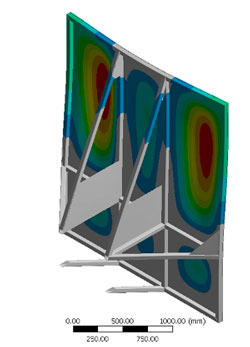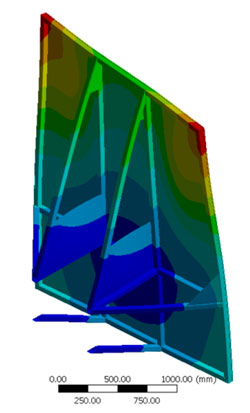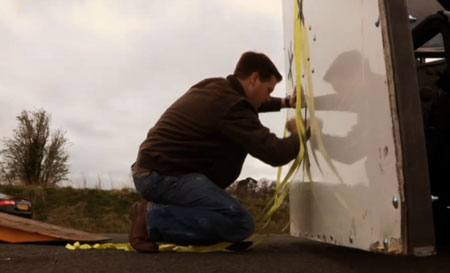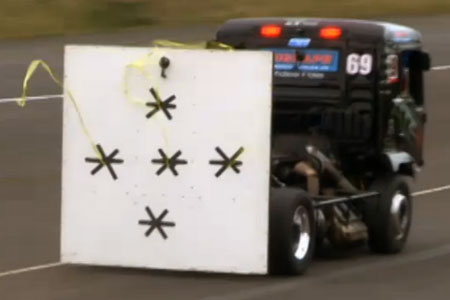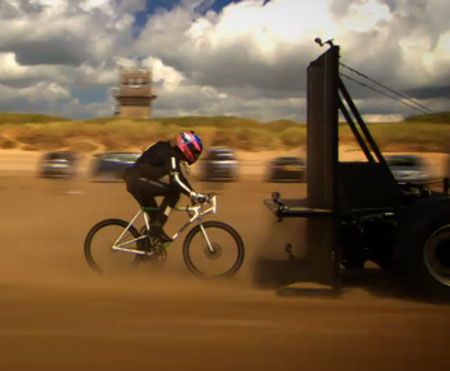 In the first part of our series on designing for the Internet of Things, we mentioned that it’s estimated that by the year 2020, somewhere between 50 and 100 billion devices will be connected to the “Internet of Things”—the phrase used to collectively describe all of the non-computer devices actively linked to the Internet.
In the first part of our series on designing for the Internet of Things, we mentioned that it’s estimated that by the year 2020, somewhere between 50 and 100 billion devices will be connected to the “Internet of Things”—the phrase used to collectively describe all of the non-computer devices actively linked to the Internet.In order to maximize this potential, we need to take it upon ourselves to ease the introduction of these devices into the digital infrastructure. For a designer, the most important way to ensure that you are doing your part is to constantly remind yourself who you are designing for: the Individual, the Business, or the System (government agencies). Today we focus on designing for the Individual.
While the Internet might have been developed as a government network, it is really the Individual who made it a versatile tool for work and play. When you are designing an Internet-based device for the Individual, it is imperative to capitalize on his or her creativity:
- Create objects that are compatible with a broad range of lifestyles and technical aptitudes.
- Don’t add features that you think some people might use, or might learn to use in time.
- If you’re torn because you want to add a feature that you know is complicated, leave it on the back burner for a future iteration, optional downloadable content, or a future “deluxe” model.

Any first release model needs to be basic so that the Individual can master it quickly and know that he or she is in complete control. Few people want or need 100 percent control of any given device, but they do want the ability to change proprietary settings and close unnecessary programs. The Individual is more comfortable with technology when he or she knows what a device is doing and has control over it. To this end,
- design devices that offer a clean slate of content so that the Individual can be creative and make it his or her own;
- start simple and give the user the ability to customize a device in a way that conforms to his or her unique lifestyle;
- do not overwhelm the user with a list of things that you think are good for him or her.
- Design logical devices that are easy to operate and demonstrate very obvious potential for reward.
- The Individual must see the device as an upgrade over something already owned, or improvement to his or her quality of life without adding any hassle. The value add must be real and marketable.
- The device must be compatible with the most disparate set of networked devices possible.
- If the device is too proprietary and doesn’t work well with others in an ecosystem, it’s likely to gain a bad reputation quickly
In the meantime, visit our website to download our new feature article: Designing for the Internet of Things, as well as sign up for a February 25 webinar on the topic.You can also download our new infographic on The Internet of Things–Past, Present and Future.








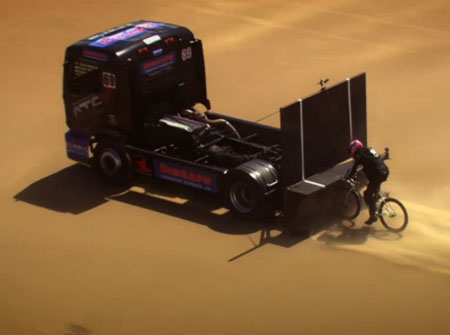
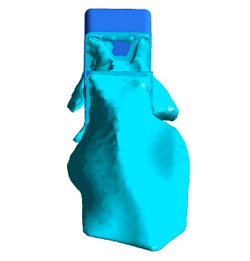
.jpg)
